I want to design a voltage-auto selector for a battery powered board that I am designing.
First Question
Now I could just connect the LDO of my board to the battery output of the battery charger IC, and that would work perfectly fine. However for better optimisation, I would like to bypass the circuitry for that, if external power is connected. The first question is if it is worth trying this, or is the gain by doing so, so insignificant that it makes no sense to attempt it.
If it is worth it
In my research I came across an article that showed the circuit below as a reference design for such an application in mind.
You can find the whole article at "https://www.edn.com/use-op-amps-to-make-automatic-oring-power-selector/"
Now I absolutely love the idea of using op-amps and PFETs to reduce power waste. But is there another way to do something similar? Perhaps something that uses a comparator configuration? Otherwise I will just copy that circuit. In any case all sharing of thoughts and expertise would be much appriciated.
Below you can find the results of a small simulation I ran as requested by the accepted answer's author. The resistor symbolises the load attached.


